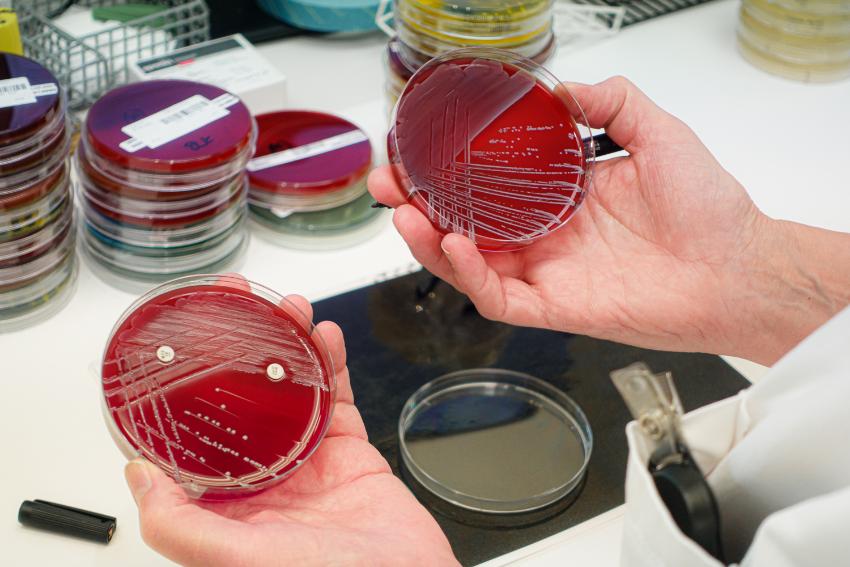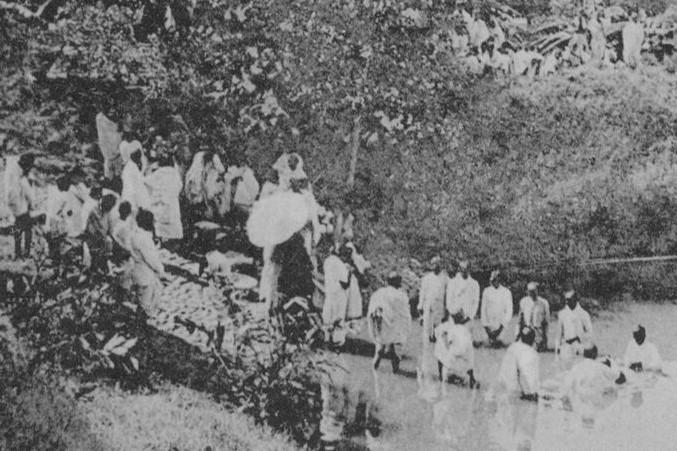Guest lecture: "Multi-Release Problems in Software Reliability and Life Data Analysis" - Dr. / Post doc Amir H. S. Garmabaki, Luleå University of Technology, Sweden / Assistant Prof at IAU university in Iran
Faglig kontaktpersoner er førsteamanuensis Phuong H. Ha og førsteamanuensis Anders Andersen.
Kart over Campus: ( https://uit.no/campustromso )
Alle interesserte er hjertelig velkomne.
Påmelding er ikke nødvendig.
Vel møtt!
----------------------------------------------------------------------
Date: Wednesday March 25th 2015, 10:15
Place: Store Aud, Realfagsbygget, UiT
Title: " Multi-Release Problems in Software Reliability and Life Data Analysis "
Lecturer: Dr. / Post doc Amir H. S. Garmabaki, Luleå University of Technology, Sweden, and Assistant Prof at IAU university, Iran
Brief abstract:
Software reliability is defined as the probability of failure-free software operation for a specified period of time in a specified environment. The software reliability model is the tool, which can be used to evaluate software quantitatively, develop test status, schedule status and monitor the changes in reliability performance. In particular, software reliability models that describe the fault detection phenomenon in the testing phase are called software reliability growth models (SRGM). These models are useful in assessing reliability for the quality control and testing process control of software development.
Software technologies like all systems have a hierarchy. Any software developed for a major application undergoes several generations of change. The changes improve the software and extend its useful life. In the last few decades it has been observed that the world of software development management (i.e. new product development, technology alliance etc.) has evolved rapidly due to the intensified market competition.
Software companies plan successive releases of software by adding new features or new functionalities or try to improve performance of system as compared to previous releases. Microsoft Windows and Office, Adobe, Matlab represent good examples of such practice. This strategy provides some benefit for software companies. Few of them may be listed as:
- It delivers quicker return to investment, limits the impact of market uncertainty,
- Reduces the risk of project failure,
- Provides firms with opportunities to refine their development methodologies
- Improve product quality in later development cycles.
Here, I am presenting various aspects of multi up-gradation SRGMs and some of the recent challenge for analyzing the reliability of units/system at fleet level.
Bib:
Dr. Amir H. S. Garmabaki is a postdoctoral researcher at the Division of Operation, Maintenance and Acoustics, Lulea University of Technology, Sweden, and Assistant Prof at IAU university in Iran. He got his PhD in the area of software reliability engineering and successive generation of technology. He participated in several Swedish research projects, within the areas of reliability, maintainability, maintenance program development. He has published a number of papers in peer-reviewed journals and conferences. His research interests include reliability engineering and software reliability; maintenance program development and optimization; diffusion theory, and fuzzy optimization; data analysis and successive generation of technology in marketing. Amir has more than 10 years of experience as faculty member and taught & developed several courses, with special reference to computer science courses, optimization and reliability engineering.


